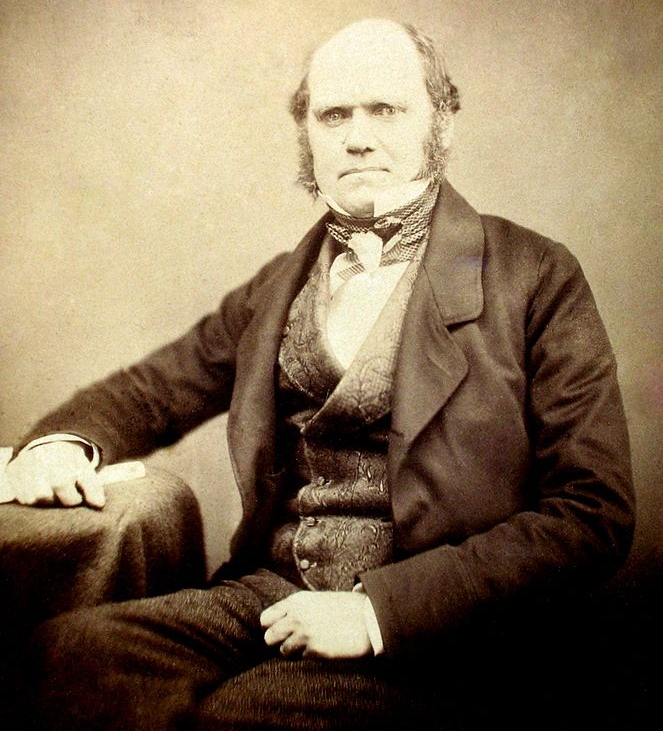-
3-minute read
-
5th January 2017
Harvard Referencing – Citing Ebooks
We wouldn’t be surprised to find out that modern students have much healthier spines than those who went to university even a few years ago. After all, thanks to ebooks, students now don’t have to lug around several heavy books wherever they go.
Instead, you can fit an entire library on an e-reader, which is convenient. But you still need to cite this kind of text correctly. Here, we’ll look at citing ebooks with Harvard referencing.
In-Text Citations for an Ebook in Harvard Referencing
The good news is that in-text citations for ebooks are largely the same as for print books. All you need to do is give the author’s surname and year of publication in parentheses:
Extinction plays an important role in evolution (Darwin, 2012).
Notice, though, that it’s the year that the ebook version was released that you cite, even if an earlier print edition is available (the Darwin text cited here was originally published in 1860).

As with other books, there’s no need to repeat the author’s name in the citation if they’re already named in the text. Likewise, if quoting a source, you should give page numbers:
According to Darwin (2012, p. 146) extinction has played a role in ‘widening the intervals between the several groups in each class’.
If the ebook has section titles or paragraph numbers instead of page numbers, you can give these as a pinpoint citation when quoting a source:
Extinction has played a role in ‘widening the intervals between the several groups in each class’ (Darwin, 2007, para. 432).
Reference List: Online Ebooks
With Harvard referencing, the exact details to include in the reference list for an ebook may depend on where you found it. Generally, though, the format is:
Find this useful?
Subscribe to our newsletter and get writing tips from our editors straight to your inbox.
Subscribe to Beyond the Margins and get your monthly fix of editorial strategy, workflow tips, and real-world examples from content leaders.
Author, Initial(s). (Year) Title of Book [Online], Place of publication: Publisher. Available at ebook source and/or URL [Accessed date].
If you access an ebook online, then, your reference would look like this:
Darwin, C. (2007) The Origin of Species [Online], Salt Lake City: Project Gutenberg. Available at https://www.gutenberg.org/files/22764/22764-h/22764-h.htm [Accessed 23 November 2016].
Reference List: Ebooks on Readers
The format is a little different for an ebook accessed through an e-reader. In particular, you do not need access information:
Author, Initial(s). (Year) Title of Book [Format], Place of publication: Publisher.
In practice, then, your reference would look like this:
Darwin, C. (2012) The Origin of Species [Kindle], New York: Collins Classics.
Note that we include the format still (e.g. Kindle), but we don’t provide a URL.
A Final Note
Since ‘Harvard referencing’ is actually just another term for ‘author-date’ citations, the exact format to use may depend on your university. As such, it’s vital to check your institution’s style guide, as they may use a version of Harvard referencing that differs slightly from this one.




